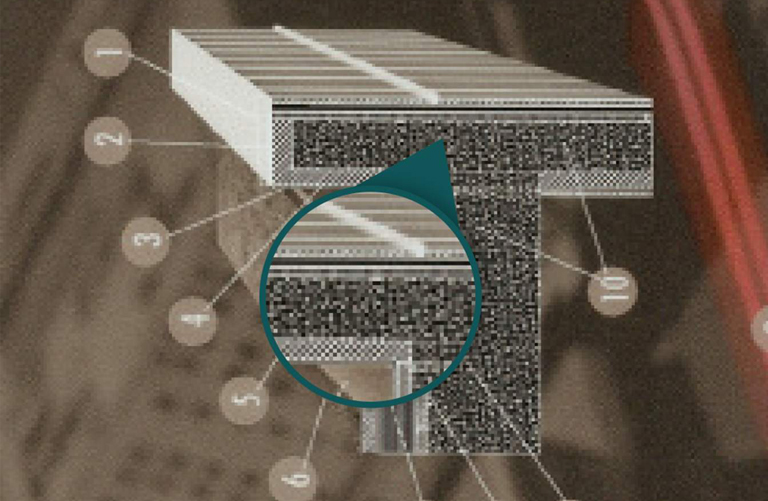Key differences between Printers and Plotters

Plotters and printers may seem similar at first sight as both produce replication artwork. The latest plotters and printers support memory cards, digital cameras, and scanners. And they’re both considered peripheral output devices, which means several computers can connect to them.
The key difference between them is that plotters deliver a much higher resolution in a format that is similar to a vector graphic (an image created with very fine lines). This means they’re ideal for producing documents that are reliable, accurate, and error-free. These documents are typically specialized high-quality drawings such as blueprints, circuit diagrams, maps, hatch patterns, etc. And for this reason, plotters are more suitable for use within architectural, engineering, and construction (AEC) industries.
A traditional printer, on the other hand, uses toner to print multiple dots of ink, or pixels, usually onto paper, which is not as clear or precise as a plotter. Generic printers also print up to 11x17, while some plotters can print to up A0, which is nearly three times larger. The size limitations of printers can cause some AEC firms to lose out on larger jobs.
Other important differences
Images produced using large format plotters can be enlarged without losing clarity or resolution, unlike generic printers that print blurry or pixelated images.
Printers can only print a single line at a time, while plotters have movable printheads that can easily draw continuous lines at the same time. Printers, in turn, print hard copies more quickly than plotters and at a lower cost.
Large format plotters can read files in DWG, CDR, AI, and other vector formats. Its software includes Adobe Illustrator, Corel, Flex, and CAD. Printers can read BMP, PDF, and JPG TIFF formats, and its software includes Photoshop and other image-editing programs.
Scenario 1: Printing colour blueprints with many fine and bold lines
Colour blueprints with numerous fine and bold lines are clearly superior when printed on an 11x17 plotter that is built for these kinds of tasks.

This printout was created using the HP DesignJet T200 Plotter series, which is a unique large format plotter with print capabilities. When placed side by side with the output of a generic large format printer, it’s clear which delivers the better print quality.
The HP DesignJet T200 Plotter series is also capable of printing up to A1 - and provides fast, one-click printing of multiple files. The A3/B automatic sheet feeder accessory lets you print multi-size large format workflows without changing media input. Plus this series uses up to 95% less ink for routine maintenance.
The HP DesignJet T200 Plotter series is also one of the most sustainable large format plotters in the world, reducing carbon emissions with up to 30% recycled plastic.
Scenario 2: Printing hatch patterns
HP’s large format printer plotters produce more accurate replication of hatch patterns and texture while generic large format printers will lose details.

The hatch pattern above was produced using the HP DesignJet T650 Plotter series. This large format printer plotter is able to print multi-size A3/B and A0/E projects automatically without having to switch the media source manually. It uses up to 95% less ink for routine maintenance than competitors and prints up to 100 additional A1/D pages per month. It also increases user productivity by printing up to two times faster, while HP Bright Office Inks plot with up to 31% more line accuracy and up to 65% more gamut. Its ability to print up to A0 size means it can meet the printing requirements of AEC companies producing larger prints and blueprints.
Scenario 3: Printing diagrams with multiple colours
As a large format printer plotter is designed for AEC purposes, it produces prints with brighter colours compared to the dull, grainy output of generic large format printers.

This output comes from the HP DesignJet T2600 Printer series. Because it can print five colors with greyscale, it delivers the highest accuracy and displays the finest details using the unique Adobe PDF Print Engine. It also easily digitizes projects with automatic scanning, user-centric quicksets, and post-editing capabilities. It empowers your workforce by allowing users to work quickly and collaboratively with easy access to shared folders for printing and scanning.
The two-in-one choice
Besides giving your office the capabilities of a large format plotter AND printer, the portfolio of 11x17 printer plotters has many other appealing features and attributes. They are among the world’s smallest yet fastest large format printer plotters. They fit your office, the way you work, and your budget. And they’re also incredibly quiet -with up to 87% less noise using the HP DesignJet T2600.











